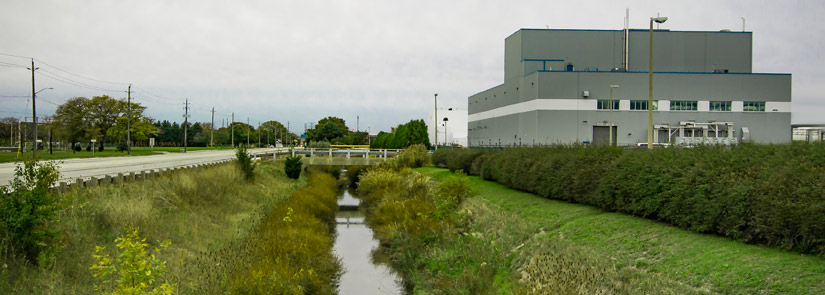
Water Treatment
The first two stages of the water treatment process are housed within the TODA facility and use a fine filter and a water softening type technology to extract even fine metal particles from the water. In the final stage, the wastewater is transferred to a biological oxidation treatment process operated by our industrial neighbor, ARLANXEO. Prior to being released to the St Clair River, the treated water is tested to ensure its quality is well within the site-specific criteria set by the Ontario Ministry of the Environment under the Municipal Industrial Strategy for Abatement, or MISA, Regulations.
Environmental and Economic Benefits of Energy Storage
Electrical energy is the cleanest form of usable energy. It can be produced by renewable materials, like sunshine, flowing water, wind, etc. The usage of electrical power is silent and harmless.
The problem with electricity is matching production with fluctuating demand. For this you can build additional electrical production facilities to meet peak requirements but this is inefficient and costly. The use of renewable generation technologies like solar and wind also present problems as these sources are not always available. A promising solution to these problems is the use of batteries to store the energy for use during peak demand.
Traditional Battery vs Lithim Ion Battery
A well known storage system is the traditional battery. It is based on toxic materials such as lead and cadmium, is heavy and has limited capacity. The solution for this problem is called Lithium Ion Batteries. First developed for mobile phones and laptop computers, these new batteries offer up to 10 times more power and store the same amount of energy in only 1/10th of the weight. You can charge and completely discharge these batteries more than 1,000 times without losing their ability to store electricity. This offers new opportunities; with the electric car becoming a viable option, a lithium ion battery pack can store the electricity produced by a windmill for times when the wind is silent, thus reducing the need to burn fossil fuels to cover peak demand.
Toxics Reduction Plan Summary
The Toxics Reduction Act, 2009 and O. Reg. 455/09 require facilities to track and quantify amounts of toxic substances used, created and contained in products.
